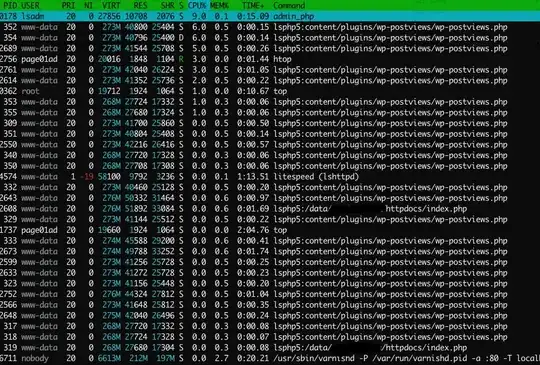We use Proxmox VE as our virtualization environment, and recently upgraded from 2.X -> 3.X. We also made the change from a single host to a dual host cluster. And, last but not least, we moved our VMs from a LVM backend to a GlusterFS one.
Here is a graph from just before the migration. Notice the clean, clear lines:

Now, here is the same graph from right now:

My first thought was that virt1 wasn't responding quickly, so I used zabbix_get to test that theory, and here's the result:
[root@monit ~]# for i in {1..10}; do (time zabbix_get -s virt1 -k system.cpu.load[,avg1]) 2>&1 | grep -i real | awk '{print $2}'; sleep 1; done
0m0.011s
0m0.015s
0m0.010s
0m0.010s
0m0.010s
0m0.010s
0m0.010s
0m0.011s
0m0.011s
0m0.011s
The result is very quick, and certainly no where near the limit of three whole seconds.
Also, this doesn't happen on all hosts, for example, it happens on virt1, virt2, and a VM called nas, but not on any of the other VMs.
Hopefully, there's a Zabbix guru here who can help.
Thanks!
ETA:
Here are the stats that asaveljevs was talking about:
Timestamp Value
2014.Aug.14 09:13:56 17
2014.Aug.14 09:13:27 18
2014.Aug.14 09:12:56 17